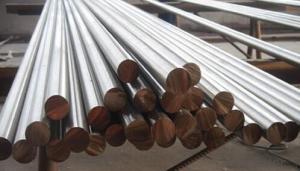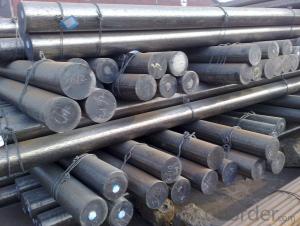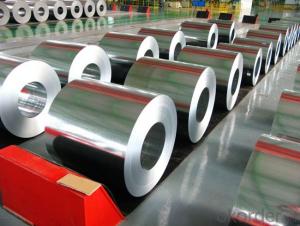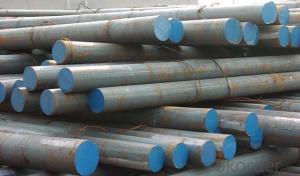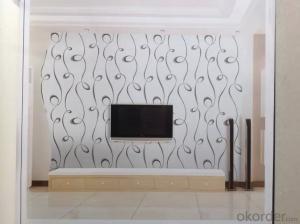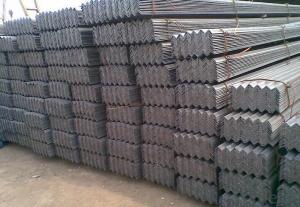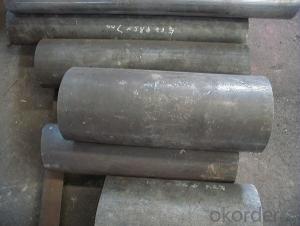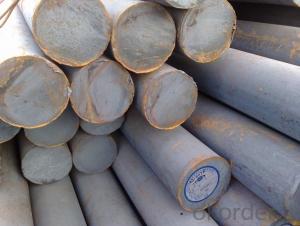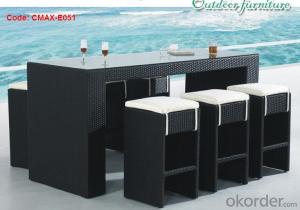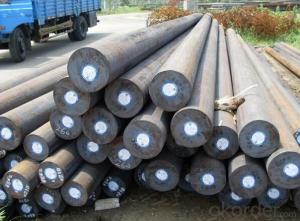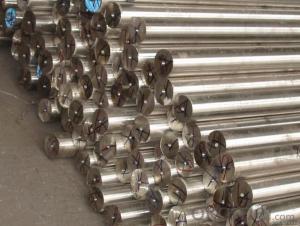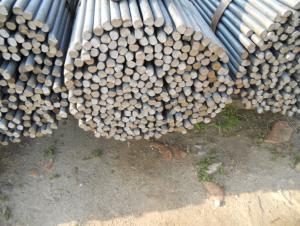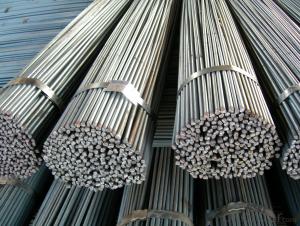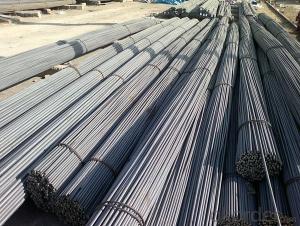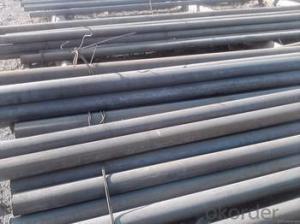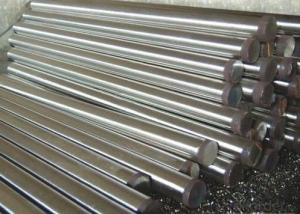Y16 Steel Bar
Y16 Steel Bar Related Searches
H S Code For Stainless Steel Surface Grinding Wheels For Hardened Steel Hole Saw For Stainless Steel Step Bit For Stainless Steel Transformers For Lights In Ceiling Led Lamps For Ceiling Stainless Steel Box With Lid Stainless Steel Bucket With Lid Ceiling Plate For Hanging Light Decorative Lights For CeilingHot Searches
Steel Mesh Panels For Sale Type Of Inverter For Solar Price Of Shipping Containers For Sale Types Of Inverter For Solar Aluminum Bar Stock For Sale Bags Of Cement For Sale Types Of Temporary Side Panels For Cement Deck Cost Of Awnings For Decks Type Of Scaffolding With Pdf Price Of Scrap Stainless Steel Price Of Stainless Steel Scrap Price Of Stainless Steel Galvanized Steel Scrap Price Type Of Stainless Steel Types Of Stainless Steel Grades Types Of Stainless Steel Aluminum Corp Of China Stock Types Of Scaffolding In Construction Pdf Stainless Steel Factory Stainless Steel TypeY16 Steel Bar Supplier & Manufacturer from China
Okorder.com is a professional Y16 Steel Bar supplier & manufacturer, offers integrated one-stop services including real-time quoting and online cargo tracking. We are funded by CNBM Group, a Fortune 500 enterprise and the largest Y16 Steel Bar firm in China.Hot Products
FAQ
- Steel round bars contribute to sustainable construction in several ways. Firstly, steel is a highly durable and long-lasting material, which means that structures built using steel round bars have a longer lifespan and require less maintenance and repairs over time. This reduces the need for frequent replacement, thereby conserving resources and reducing waste. Secondly, steel is a recyclable material, and steel round bars can be easily recycled and reused in other construction projects. By promoting the use of recycled steel, we can reduce the demand for raw materials and minimize the environmental impact associated with steel production. Additionally, steel round bars offer excellent structural strength and flexibility, allowing for more efficient designs and optimized use of materials. This results in lighter and more sustainable structures that require fewer resources to construct. Lastly, steel round bars are often used in reinforced concrete structures, which can enhance the durability and seismic resistance of buildings. By utilizing steel reinforcement, we can ensure the longevity and safety of structures, reducing the need for reconstruction and enhancing the resilience of our built environment. Overall, steel round bars contribute to sustainable construction by promoting durability, recyclability, resource efficiency, and improved structural performance in buildings and infrastructure projects.
- To prevent warping during welding of steel round bars, several measures can be taken. Firstly, it is crucial to ensure proper fit-up and alignment of the bars before welding, as any misalignment can lead to distortion. Secondly, using an appropriate welding technique, such as back-stepping or stitch welding, can help distribute heat evenly and minimize warping. Additionally, controlling the heat input and avoiding excessive heat buildup by using intermittent welding or preheating can also prevent distortion. Lastly, the use of clamps, fixtures, or tack welds to secure the bars in place during welding can provide stability and reduce the chances of warping.
- Material handling equipment commonly incorporates steel round bars due to their strength and durability. These bars are integral components in the construction of equipment such as cranes, forklifts, conveyors, and hoists. A primary application of steel round bars in material handling equipment is their use in load-bearing structures. They are specifically utilized in the construction of masts, booms, and jibs of cranes and hoists, as these components must endure heavy loads and provide stability. Steel's high tensile strength and resistance to bending make it an optimal choice for these critical parts. In addition, steel round bars are employed for shafts and axles in material handling equipment. These components play a vital role in transmitting power and torque, facilitating efficient equipment operation. Steel's ability to withstand substantial stress and torsional forces makes it an ideal material for these purposes. Steel round bars are also commonly utilized in the fabrication of lifting attachments and hooks for material handling equipment. These bars are skillfully shaped and welded to create the necessary lifting mechanisms, ensuring safe and secure transportation of heavy loads. Steel's strength and rigidity enable it to withstand the forces exerted during lifting operations. Furthermore, steel round bars find application in the manufacturing of conveyor systems. These bars function as rollers or shafts, supporting and guiding the movement of materials along conveyor belts. The smooth surface of steel bars minimizes friction, enabling efficient material handling. In conclusion, steel round bars are indispensable in the manufacturing of material handling equipment. Their strength, durability, and versatility render them suitable for a wide range of applications, including load-bearing structures, shafts, lifting attachments, and conveyor systems.
- There are several different types of steel round bar finishes that can be used for decorative purposes. Some common options include polished, brushed, hammered, and antique finishes. Each of these finishes provides a unique aesthetic appeal and can be chosen based on the desired look and style for the decorative application.
- Steel round bars can indeed be utilized in marine settings. Nonetheless, it is crucial to select the appropriate steel variant that is specifically engineered for marine purposes. Among the various options, stainless steel stands out as the most frequently utilized due to its ability to resist corrosion. This is primarily due to its high chromium content, which facilitates the formation of a protective oxide layer on the steel's surface, thereby safeguarding it against corrosion caused by saltwater and other harsh elements. Moreover, stainless steel round bars are renowned for their robustness and durability, making them well-suited for an array of marine applications such as ship construction, offshore structures, and marine equipment. To ensure the enduring performance of steel round bars in marine environments, regular maintenance and proper care are imperative.
- Yes, steel round bars can be plated. Plating is a common process used to enhance the appearance, corrosion resistance, and durability of steel round bars.
- The main difference between a bright and a black steel round bar lies in their appearance and surface finish. A bright steel round bar, also known as a bright drawn or turned bar, has a smooth and shiny surface. This is achieved through a process called cold drawing, where the steel bar is pulled through a die to remove any imperfections and create a uniform shape. The result is a highly polished and reflective surface that is visually appealing. On the other hand, a black steel round bar has a dark, rough, and non-reflective surface. This is because it does not undergo the same cold drawing process as a bright steel bar. The black surface is typically a result of the scale that forms on the steel during the manufacturing process, which is not removed. In terms of properties, both bright and black steel round bars are made of the same material, typically carbon steel. Therefore, their mechanical properties such as strength, hardness, and toughness are generally similar. However, the manufacturing process of the bright steel bar helps to improve its surface quality and dimensional accuracy compared to the black steel bar. Ultimately, the choice between a bright and a black steel round bar depends on the desired aesthetic appearance and the specific application requirements. Bright steel bars are commonly used in decorative applications, where a polished and visually appealing finish is desired. Black steel bars, on the other hand, are often used in structural applications, where the surface appearance is less important but strength and durability are crucial.















